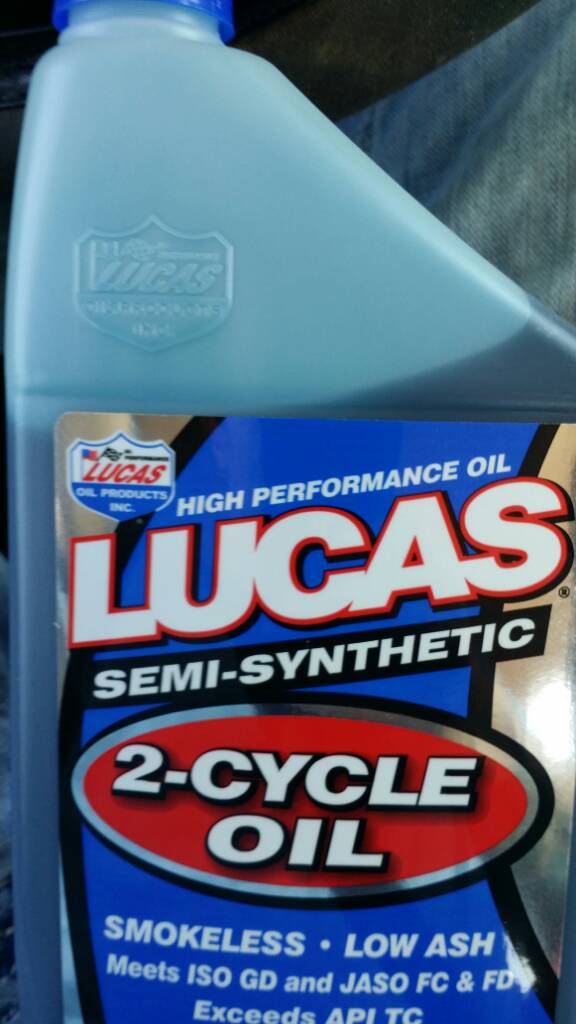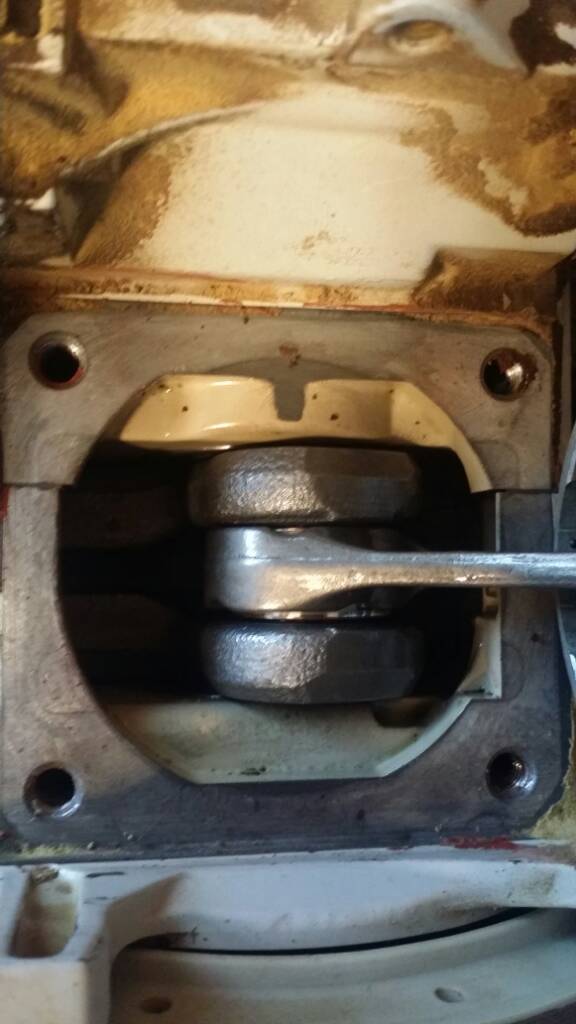I've had it. Arguing with you is a waste of time. You know your right no matter what. You provide zero evidence. You have nothing...NOTHING but conjecture, hearsay, rudeness, name calling, and azz backwards logic.
Fact - Stihl Ultra = designed for saws. The flash point is 432F.
Fact - flash point is very relevant....
The
flash point does have to do with combustion but there are more important properties that contribute to carbon buildup. The H1-R should give you a much cleaner burn and result in far less buildup than the Stihl oil. The biggest factor in this is the base fluid.
Because H1-R is made with all ester base fluids it burns very cleanly. The residue left behind after burning this type of fluid is almost negligible when actually burned
where petroleum and some other types of synthetic oils will leave carbon deposits and ash when burned.
The flash point has more to do with how quickly the oil is consumed by the combustion process and how it affects the octane rating of the fuel.
The only oils that have flash points close to the Stihl ultra WHICH was DESIGNED around a chainsaw is H1R and 927.
927 has castor in it- caster sucks.
H1R is pure ester with out solvents. - So there is actually more oil by volume to do the same job as a oil with solvents in it. I've come to conclude that is why in my test, less h1R produced faster times and cooler and more consistent jug temps.
Pure ester/ester only base = burns cleanest - That is why Randy has had success with it.
Guys the flash point alone should have you only considering 927 or h1r. Why you would want to run a lower flash than stihl ultra is beyond me.
I'll post my results on the 660 and 661 temps/oil test. But I'm done posting for now.
I invite you to read through this - there is a lot of awesome non biased info.
http://www.arboristsite.com/communi...1-results-info-condensed.277566/#post-5305420

























































